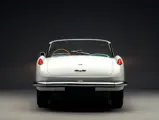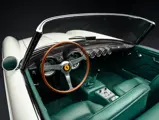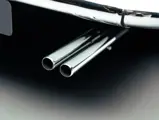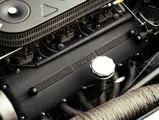
1958 Ferrari 250 GT Cabriolet Series I by Pinin Farina
{{lr.item.text}}
€4,500,000 - €5,000,000 EUR | Not Sold
{{bidding.lot.reserveStatusFormatted}}
- The 23rd of 40 examples built
- Desirably configured one-off coachwork with covered headlamps, front bumperettes and unique side vents
- Ferrari Classiche “Red Book” certified; very rare full matching-numbers example that retains its original chassis, engine, gearbox, rear axle, and body
- Well documented provenance including period photos, registrations, and invoices dating to the mid-1960s
- Presented today in its stunning original colours of Bianco over Turchese leather interior
MARANELLO’S FIRST SERIES-PRODUCED CONVERTIBLE
The Pinin Farina-bodied cabriolet that Ferrari introduced at the Geneva Salon in March 1957 was not only a triumph of design, with its elegant rear haunches, covered headlamps, and long centrally ventilated bonnet, but it also marked an auspicious milestone in Maranello history as the company’s first series-produced open-top model. While the first two examples were essentially prototypes that visibly varied, sometimes referred to as the Pinin Farina Spiders, the next 38 cars were generally more uniform in design with several different specific variations.
However, despite being the first series-built Ferrari convertible, many experts still consider the Series I Cabriolets to be virtual one-offs, as they were constructed in Pinin Farina’s custom shop rather than on the coachbuilder’s factory floor. Featuring a myriad of customised trim details and differing interior amenities, these cars varied significantly enough from example to example to support the idea that each one was a special bespoke grand touring machine. Each model was crafted by hand, leading to a price tag that doubled that of its 250 GT California Spider sister model.
In total, only 40 examples of the first series Pinin Farina Cabriolet were built before the model gave way to a mid-1959 redesign that was intended to further differentiate the Cabriolet from the California Spider. With a competition-derived chassis and the ever-formidable Tipo 128C Colombo-designed short-block V-12, the first-series cabriolets were not only beautiful to behold, but they were capable of exhilarating road performance as well, representing the pinnacle of open-top grand touring in the late-1950s.
A JEWEL OF WHITE AND TURQUOISE
Newly repainted in white, in homage to its fabulous original colour combination of Bianco over Pelle Turchese—and confirmed by factory data from Ferrari Classiche to retain its matching-numbers chassis, engine, gearbox, and rear axle, this exquisite first-series Cabriolet is one of the most remarkable examples to be publicly offered in memory. According to the combined research of marque expert Marcel Massini and French automotive historian Marc Rabineau, including period registrations and invoices dating to the mid-1960s, chassis 0849 GT is the 23rd example built. Completing assembly in May 1958, the Cabriolet was desirably equipped with covered headlamps and finished in Bianco paint over an interior trimmed in Turchese (turquoise) vaumol leather by Connolly, combining for a particularly striking color scheme.
The 250 GT was immediately sold to Enzo Paoli Tacchini of Lodi, Italy, a smaller city south east of Milan, and registered “MI 384430”. Mr. Tacchini kept the Ferrari for a little over two years before selling it to Mario Fano of Milan, and in 1964 Parisian resident Claude Guillaux became the car’s third owner. The Cabriolet passed through the hands of at least three more French owners in the late-1970s before being acquired by Keith Sohl of Woking, England, in the early 1980s.
By the late-1980s the Series I Cabriolet was in the possession of a German living in Paris, and it was spotted at several European events during the early 1990s, including the 1990 AvD-Oldtimer Grand Prix at the Nürburgring, and the 1992 FF40 (Ferrari Francorchamps) meeting at Jacques Swaters’ Garage Francorchamps in Belgium.
In 1995 the Ferrari quickly passed through a short chain of American-based ownership, ending with Dennis Pobiak of Scottsdale, Arizona, who acquired the car in April 1996. By this time the cosmetic livery had been refreshed to a combination of Rosso paint over a Nero interior. During his 11-year ownership, Mr. Pobiak presented 0849 GT at the 2007 Quail Motorsports Gathering as part of the event’s featured reunion of 250 GT Series I Cabriolets.
After more than a decade of dedicated care, Mr. Pobiak sold the Ferrari in 2007 to a noted French collector, commencing a 14-year period of fastidious attention. In 2013 the owner was able to locate the matching-numbers engine, number 0849 GT, which had been installed in the 250 Europa GT number 0367 GT, and whose owner agreed to sell the motor. Four years later the cabriolet was submitted to Carrosserie Lecoq in France for a full restoration, including installation of the matching-numbers engine. While the interior was retrimmed in the unique shade of Turchese, the owner opted to paint the exterior in Nero. On the back of the beautiful restoration, the 250 GT was presented at the inaugural Cavallino Concours d’Elegance held in Modena in July 2021.
Acquired by the consignor four months later, the Series I Cabriolet has more recently been treated to a refinish in homage to the original color of Bianco, the unique original colour scheme that graced the car when it left the factory. Furthermore, the Cabriolet has been confirmed by data from Ferrari Classiche to be fitted with the matching-numbers chassis, engine, gearbox, and rear axle, cementing an impressive degree of mechanical authenticity. The car is accompanied by its important Ferrari Classiche "Red Book" issued in 2024.
This superlative Cabriolet Series I is a magnificent example of Maranello’s rare 250 GT-based convertible tourer. It would make a crowning acquisition for any collector of vintage Ferraris or important open post-war sports cars. Equally prepared for the road or the concours field, this spellbinding Prancing Horse promises its next caretaker untold satisfaction.


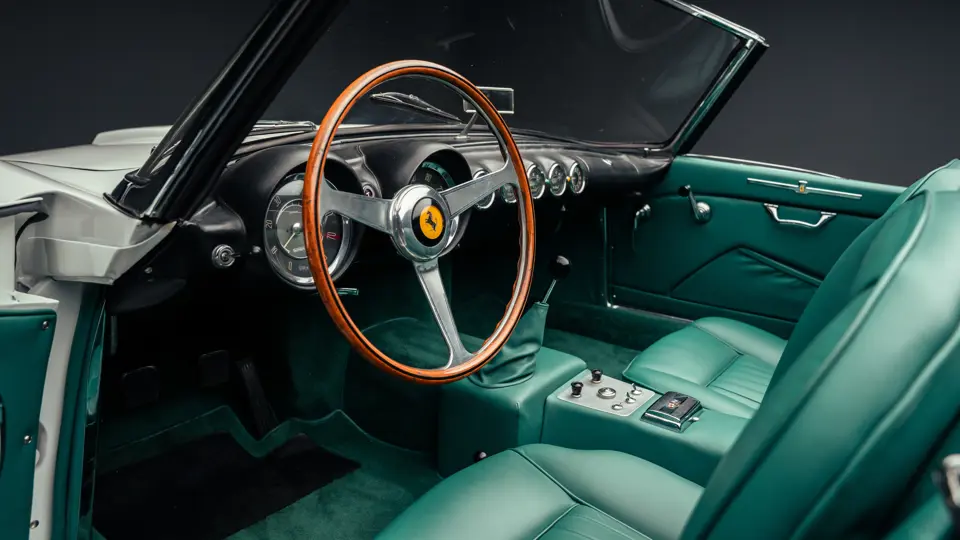



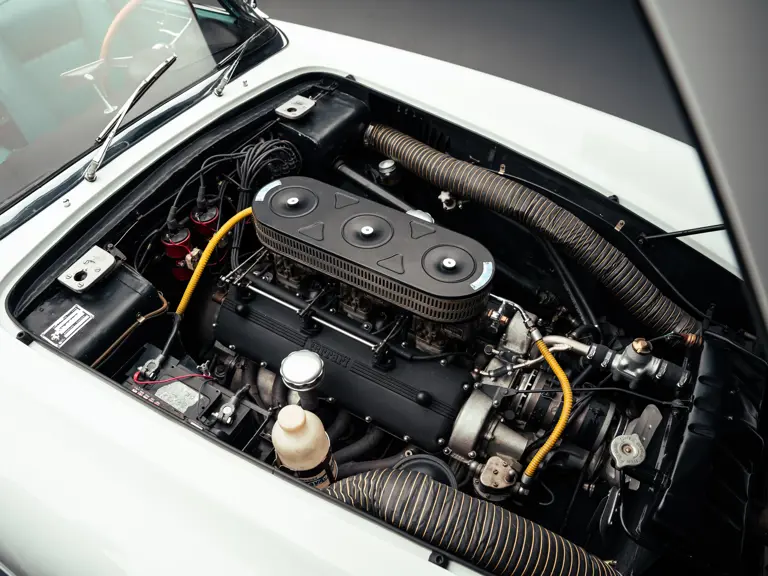






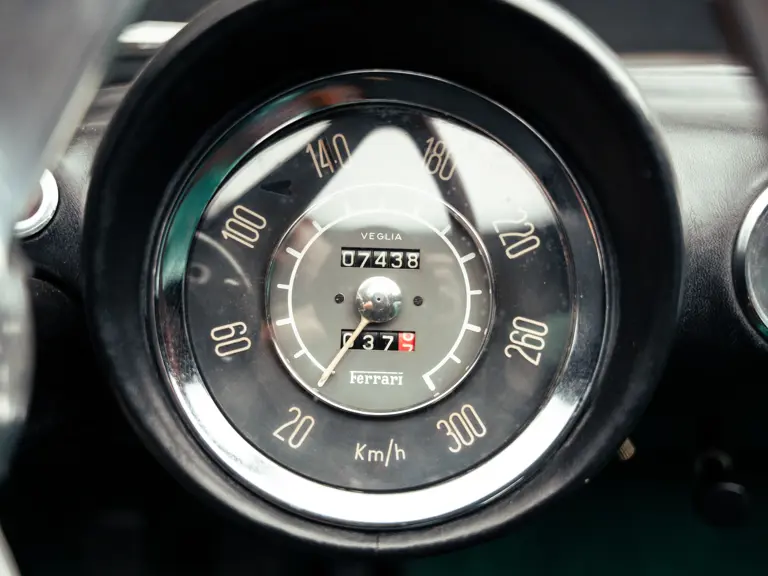











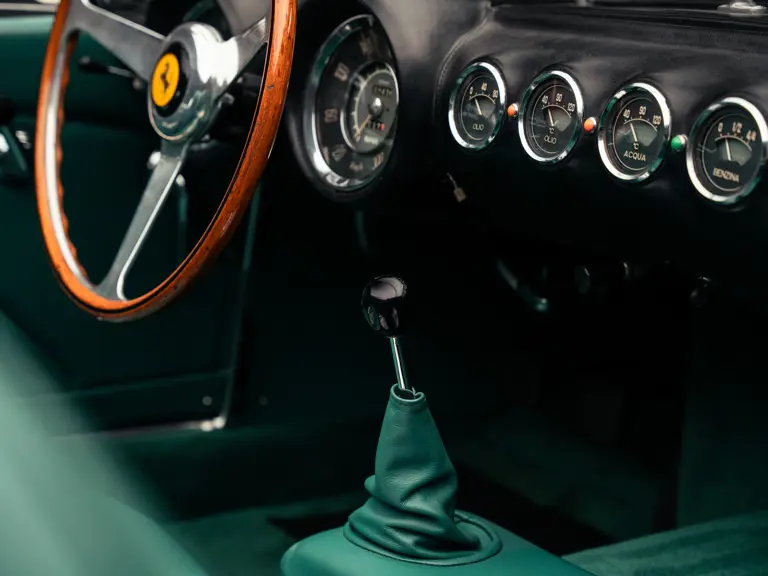
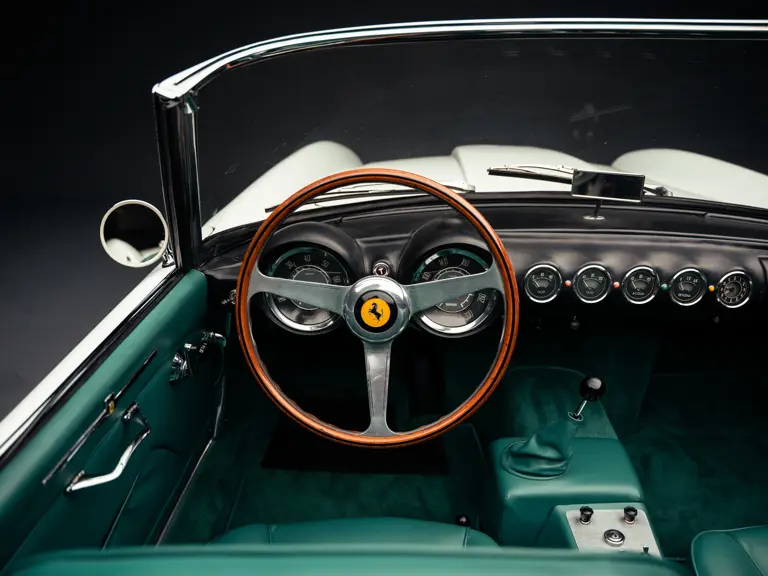

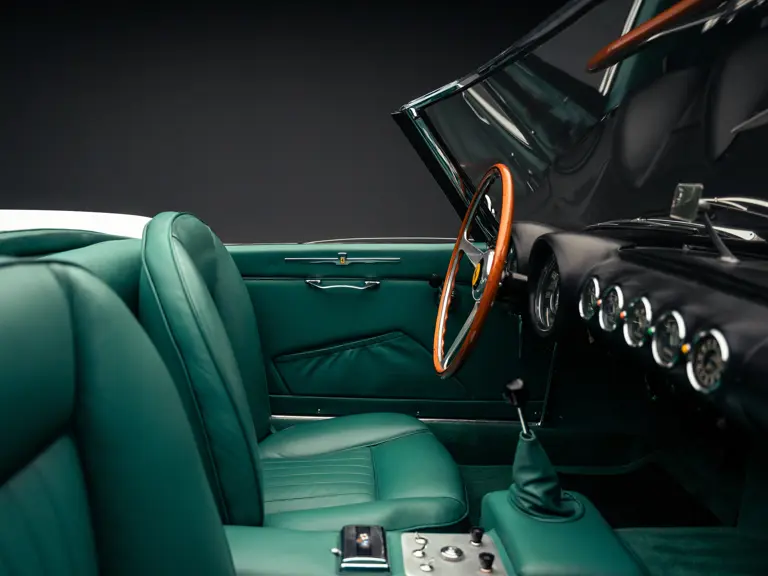













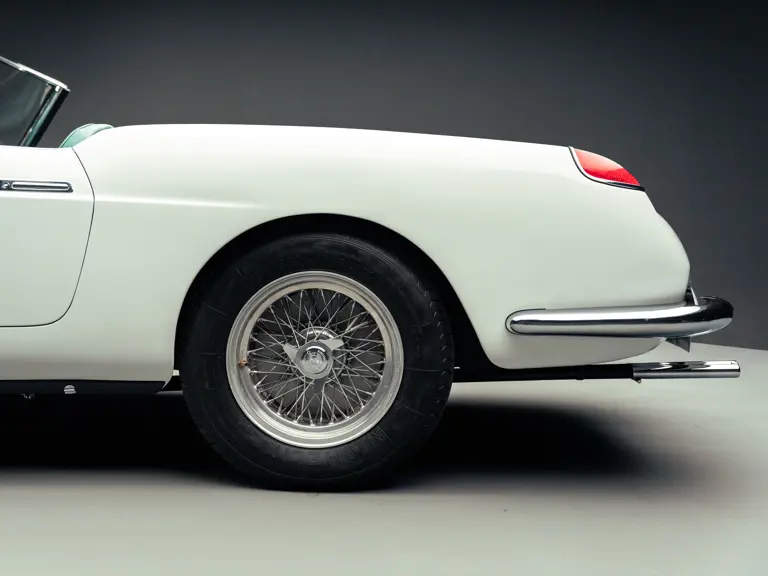




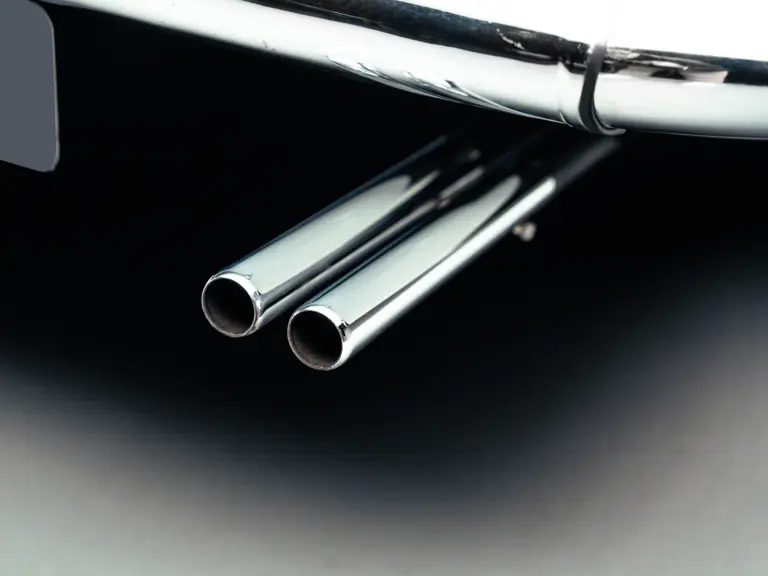
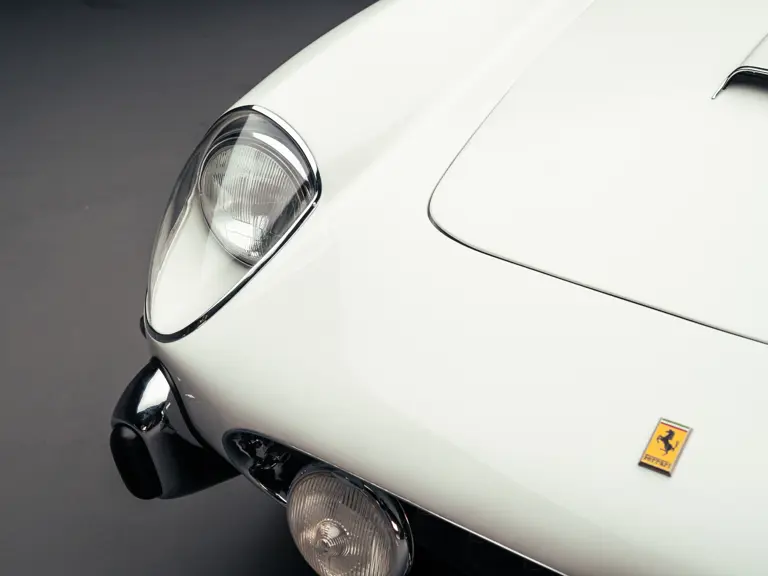



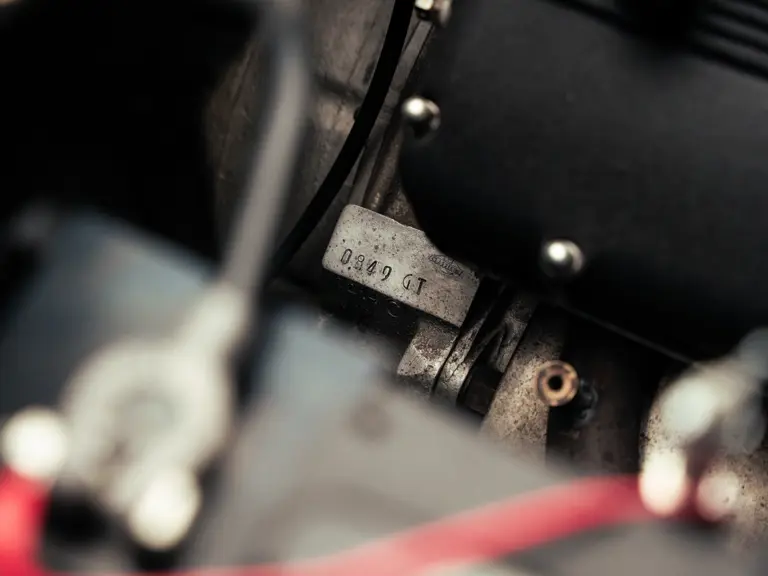

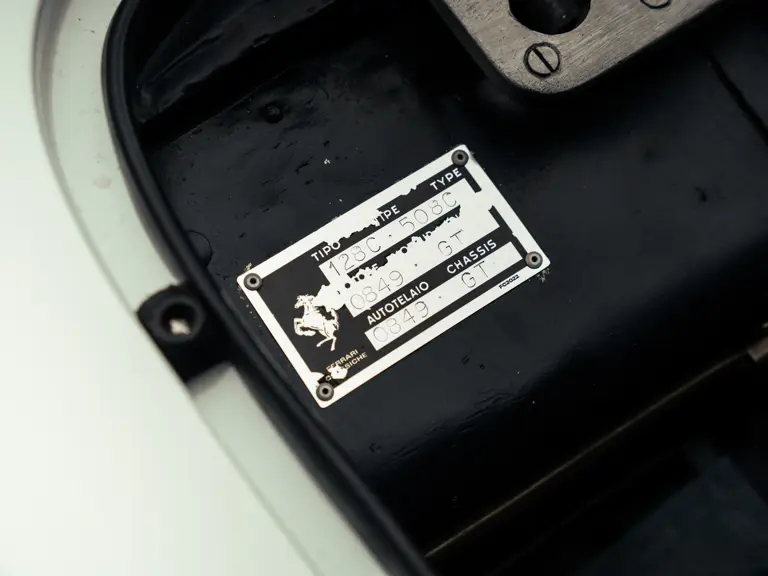






 | Monaco, Monaco
| Monaco, Monaco






